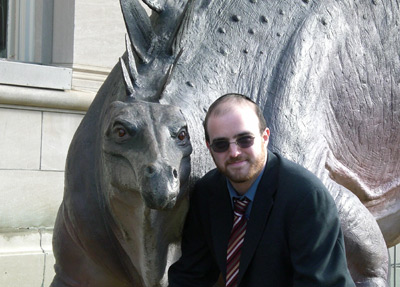מְהָרְסַיִךְ וּמַחֲרִיבַיִךְ מִמֵּךְ יֵצֵאוּ؟؟
One particular section of Greg at Presence's summary of R' Yitzchok Adlerstein's Scholar-in-Residence Shabbos jumped out at me:
R. Adlerstein closed by answering questions. I asked how the rabbonim in Israel, who themselves speak either Yiddish or Hebrew, and little English, became aware of a book [=R' Slifkin's] written in English. R. Adlerstein acknowledged that the rabbis banning the book did not read it, and that this was not an issue that was at all pertinent to their communities. What happened was that two overzealous YU guys read Slifkin's work and started shopping it around in an effort to get it banned. After failing to get any traction in Monsey and Lakewood, they took it to B'nei Brak and Israel and finally found someone that would listen to them.
רחמנא ליצלן מנפשנא.
Okay, so I heard a while ago that there are lots of wannabe Yeshivish guys at YU, and a whole bunch of rebbeim who don't actually believe in Torah uMada‘, Torah ‘im Derekh Eretz, or any other Modern Orthodox ideology. But to think that right there at the supposed heart of the Modern Orthodox world there are people who are so anti-worldly, so vindictive, so ignorant of Jewish tradition that they would literally 'shop around' from Hhareidi community to Hhareidi community trying to ruin a man's life and precipitate the Great Orthodox Schism of the 21st Century?!
There's got to be a break someplace in the telephone chain here.
I can't believe this.
And I really hope I'm right.



